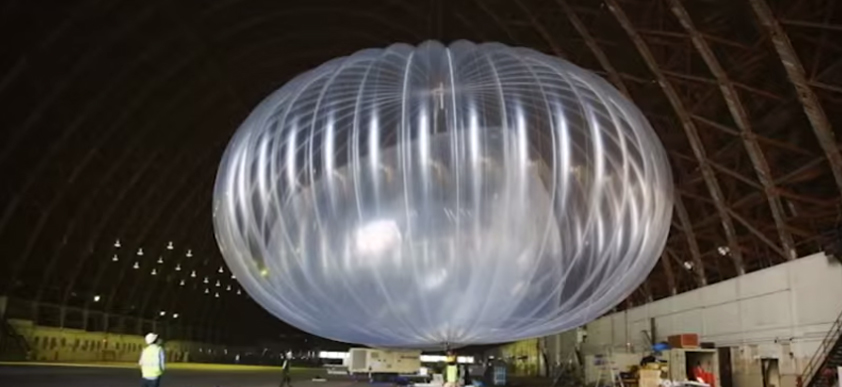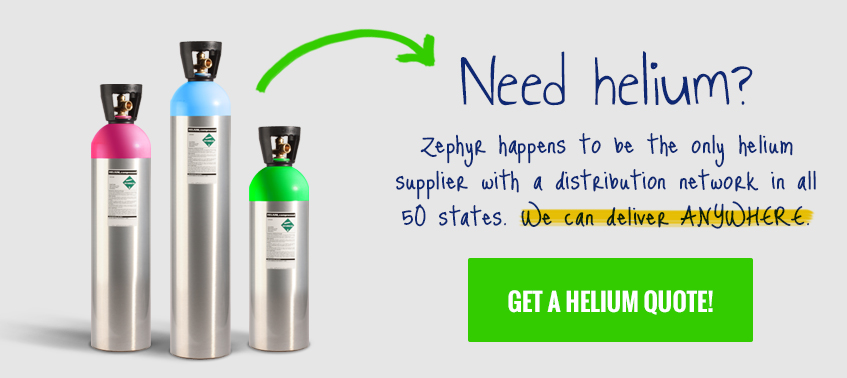Google’s “Project Loon” could bring Internet access to people across the globe that have never logged on before, and the entire operation depends primarily on helium balloons.
Since you’re already connected to the leading helium supplier, get a helium quote from Zephyr!
Every single day of our lives involves the Internet in some fashion. We don’t even think about it anymore- it’s there when we wake up and when we go to bed, and we’re on it all day in between. This is why in 2015, it is nearly impossible for many of us to even think that there are people around the world who have never been online.
A lot of people, actually.
About 4.3 BILLION people.
That’s 4.3 billion people that have zero access to a world of information, education, news, and technology. Think of the educational and economic opportunities that would open up to the world’s poorest regions if every human on the planet could access the web if and when they wanted to.
The key to achieving this is helium, according to Google.
In an old WWII hangar in California, Google works on an army of giant helium balloons that are ultimately deployed into the stratosphere (safely above flight paths, clouds, and weather), where they carry a box of technology as they float over the planet. The tech box hanging from each balloon communicates with a ground-based, LTE telecom network to beam high-speed Internet service back down to Earth. It’s exactly how your cell phone automatically connects to the nearest cell tower, just flipped upside-down.
This is Project Loon, dually named for the bird and for the insanity of such a grand idea.
Project Loon’s helium balloons are relatively inexpensive compared to similarly ambitious satellite and drone-based global Internet projects. They’re made from hardware store supplies and stitched together by a pair of seamsters that Google hired out of the fashion industry.
One fascinating feature of the Project Loon helium balloons is how they gain or lose altitude in order to avoid periodically strong winds that occur at different elevations in the stratosphere.
Inside the balloon there is a second, smaller balloon, which is either inflated or deflated with air. Manipulating the interior balloon changes the mass of the main helium balloon, allowing it to ascend or descend depending on which way it needs to be steered.
It’s all controlled and directed from a Google data center using software that works with the wind projections of the NOAA. This ensures that a balloon is always in a coverage area providing connectivity.
And the coverage areas are large. A single Project Loon helium balloon can provide high-speed Internet to an area roughly three times the size of New York city.
Test runs of Project Loon have already provided web access to people in Australia, Brazil, and New Zealand. By the end of this year, Google hopes to have enough helium balloons floating (roughly 100) to be able to test continuous connectivity throughout the Southern Hemisphere.
Sources: Technology Review, Gigaom



